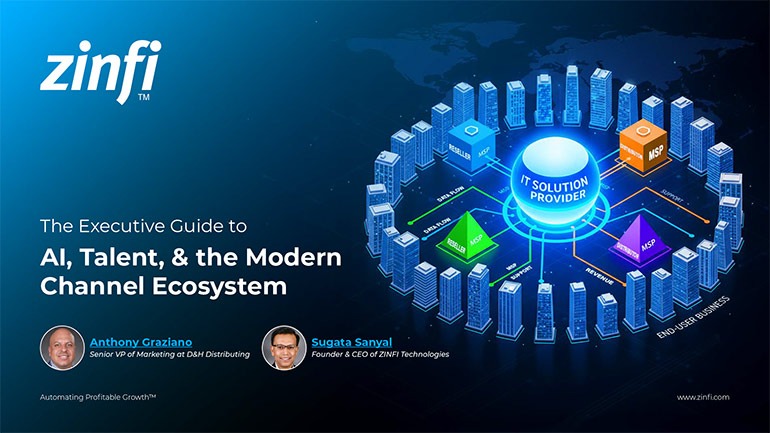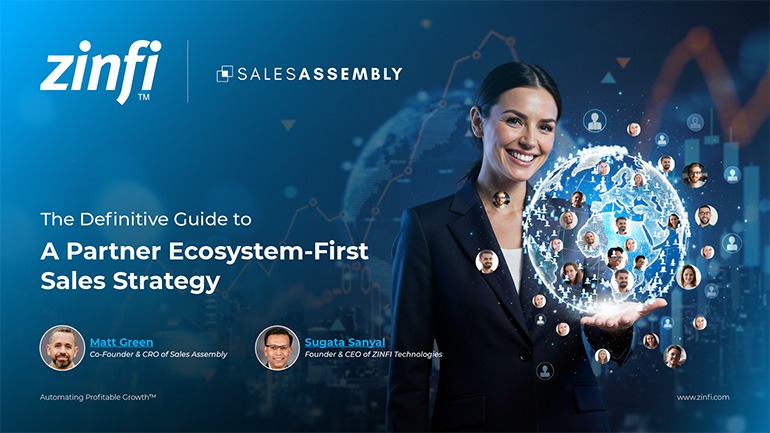The mindset of an architect revolves around understanding how structure influences function. That same principle applies powerfully in business—especially in scaling startups. Entrepreneurs who approach their business with a systems mindset quickly gain an advantage. They recognize that structure is not a constraint but a blueprint for success. As architects design spaces that shape behavior, startup leaders must design workflows, feedback loops, and decision-making structures that shape organizations' operations and growth.
Founders in early-stage startups often drive growth through passion, product innovation, and relentless hustle. As the company scales, complexity grows with it. Fast decisions, informal communication, and gut instincts that once fueled success now create risk. To sustain growth, scaling startups must replace instinctive chaos with structured clarity. They must embrace systems thinking as an essential survival skill.
Adopting a systems perspective allows founders to shift focus from fighting fires to building fireproof operations. They start to see their companies not as a collection of tasks but as interdependent systems: marketing connects to sales, sales connects to success, and success connects to retention and expansion. Every touchpoint becomes an opportunity for design and optimization. The power of this shift lies in its scalability. Startups grow not by doing more of the same but by building repeatable, reliable processes that elevate performance across teams.
This section highlights that the best scaling startups don’t just develop great products—they build great systems around those products. They understand that customer experience, team dynamics, and operational rhythm require intentional design. Founders who think like systems architects build organizations that are not only innovative but sustainable.













